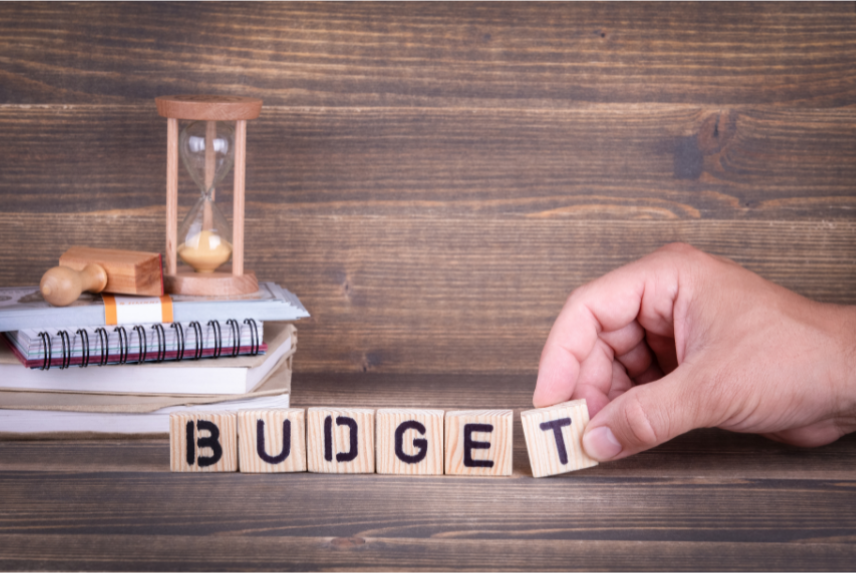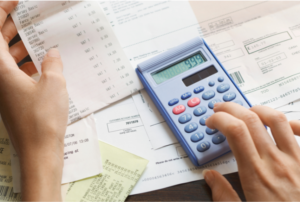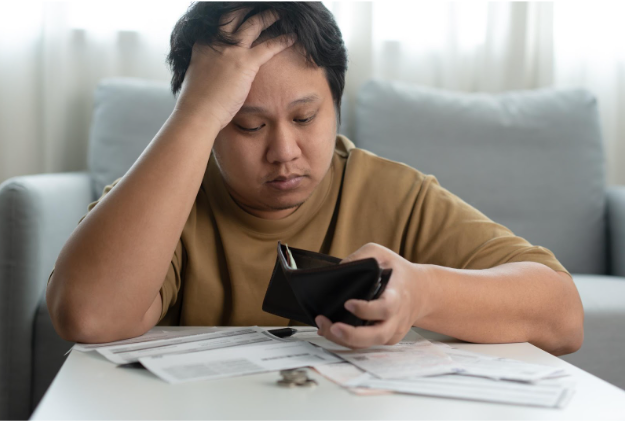
How to Make a Budget Work
If you’re afraid of budgeting because it feels too restrictive or you’ve failed at it in the past, you’re not alone. Millions of people don’t budget for those exact reasons.
However, budgeting is one of the only ways to stay on track financially, including paying off your outstanding debt and saving for your financial goals.
If you’re unsure how to budget, keep reading to learn how to make your budget work.
Know your Situation
Too many people don’t truly understand their personal financial situation. They know how much money they make and that they can cover their bills, so they assume they are doing fine. That’s not all that it takes to be financially secure, though.
To make a budget work and to reduce your debt, you must know your financial situation. This includes your income and liabilities. If you don’t have the first clue about either, pull your bank and credit card statements for the last 12 months. Also pull your pay stubs to determine your income.
Calculate how much income you bring in each month and how many expenses you have regularly. Make sure you include expenses such as groceries, medical bills, and extra spending too.
Budget your Fixed Expenses
Now that you know your expenses, separate them between fixed and variable expenses. Fixed expenses are things like your mortgage, car payment, and student loan debt. They are bills you pay every month.
Your income must cover these fixed expenses every month – it’s non-negotiable. If it doesn’t, you’ll have to make some changes, such as refinancing your loans or working with the creditor on a different payment arrangement.
Budget your Variable Expenses
Your variable expenses aren’t mandatory like a mortgage, but they’re often necessary to live life. For example, gas, car maintenance, and groceries are a variable expense. You need gas to get from point A to point B and you need groceries to survive.
Figure out your average monthly spending in these categories and budget for them. If there’s room, you should also budget for other variable expenses, such as gifts, eating out and entertainment.
Calculate the Difference

Now that you have your income and basic expenses, calculate the difference. Do you make more than you spend? If not, you need to go back to the drawing board and figure out where you can cut back.
You should have money left over not only for a buffer, but also for debt payoff and savings. Ideally, 20% of your income should be used for these purposes. If you come up short, go back to your expenses and see where you can cut. Usually it starts with the variable expenses. Maybe you eat out too often or you have subscriptions or memberships you don’t need/can’t afford.
Fit in Debt Reduction and Savings
Your final step is to fit in debt reduction and savings. There isn’t a right or wrong number you should be using to pay down debt or save money.
If you want to pay your debt off fast, consider ordering your debts in line from smallest to largest balance. Make the minimum payment on each debt, but pay any extra money left in your budget to the first debt in line. Keep doing this until you pay the first debt off. Next, take that amount and add it to the minimum payment of the second debt in line. Keep the pattern going until you pay off all your debt.
As for savings, always leave room for it. Start with an emergency fund, which should be 3 to 6 months of your monthly expenses. Once you have a solid emergency fund saved, consider saving for other milestones, such as a downpayment on a house, a new car, or retirement.
Choose a Tracking Method
Once you have your budget set up, it’s time to track it. You won’t know how you’re doing until you see it in black and white.
There are many ways to track your budget:
- Pen and paper
You can use the old fashioned method of tracking your spending with pen and paper. To use this method, you should be committed to writing down everything you spend. Saving your receipts is the easiest way to log your spending at the end of each day.
- Spreadsheet
A simple spreadsheet on your computer can help you keep track of your spending. Like the pen and paper method, you must be good about tracking everything you spend for the most accurate budgeting.
- Budgeting app
A budgeting app can be the easiest way to track your budget. There are free apps that link to your checking, savings, or credit card accounts and automatically tracks your transactions. This eliminates the busy work you would have to do if you tracked your budget manually.
Reassessing your Budget

Once you create a budget, you’ll need to reassess. The first few months might be a trial period. You might find that you have to do a lot of adjusting each month, and that’s okay. Once you create the budget that helps you pay your bills on time, reduce your debt, and save for your financial goals, you’ve found the right budget.
There might be months that you overspend or need to reallocate some funds and that’s okay too. Budgets are flexible, as long as you stick as close to them as possible, you’ll reach your financial goals.
Final Thoughts
Knowing how to make a budget work isn’t as hard as it seems. Break it down into baby steps to determine the best way for you to budget.
If in your efforts you find that you are spending much more than you make or you just can’t get ahead of your debt, consider talking to one of our credit counsellors. Our professionals can help you understand your finances, where you should cut back and how to get ahead. We have many options to help consumers get their financial lives back on track. Contact us today!





